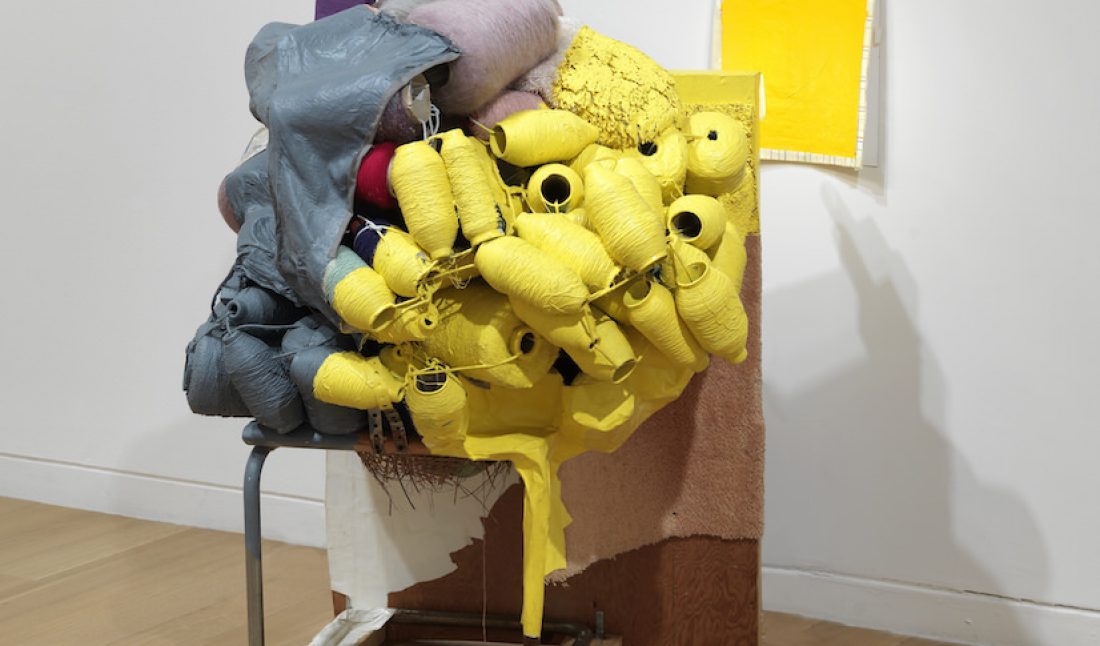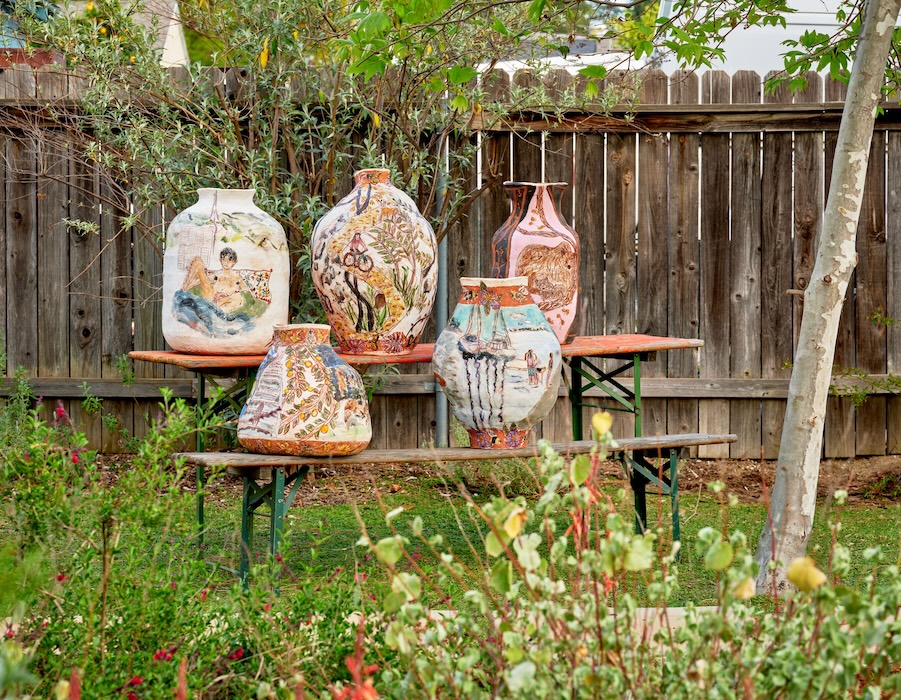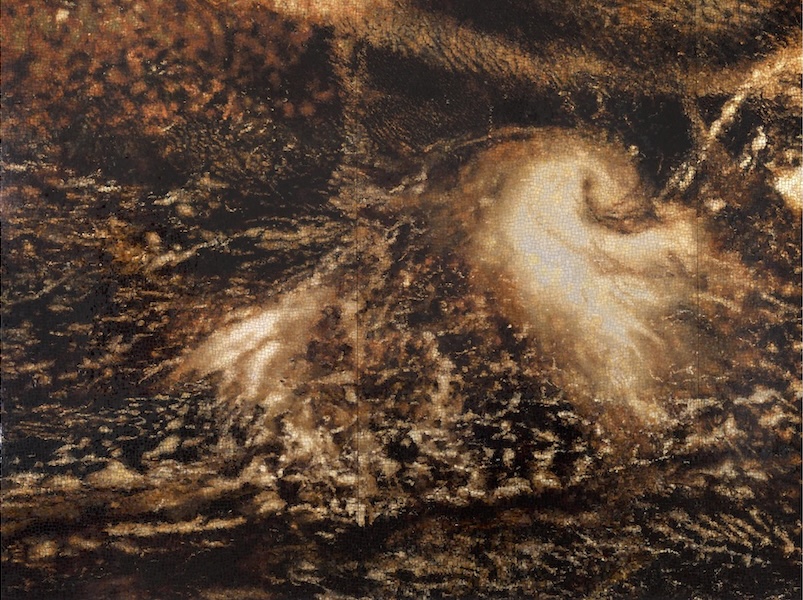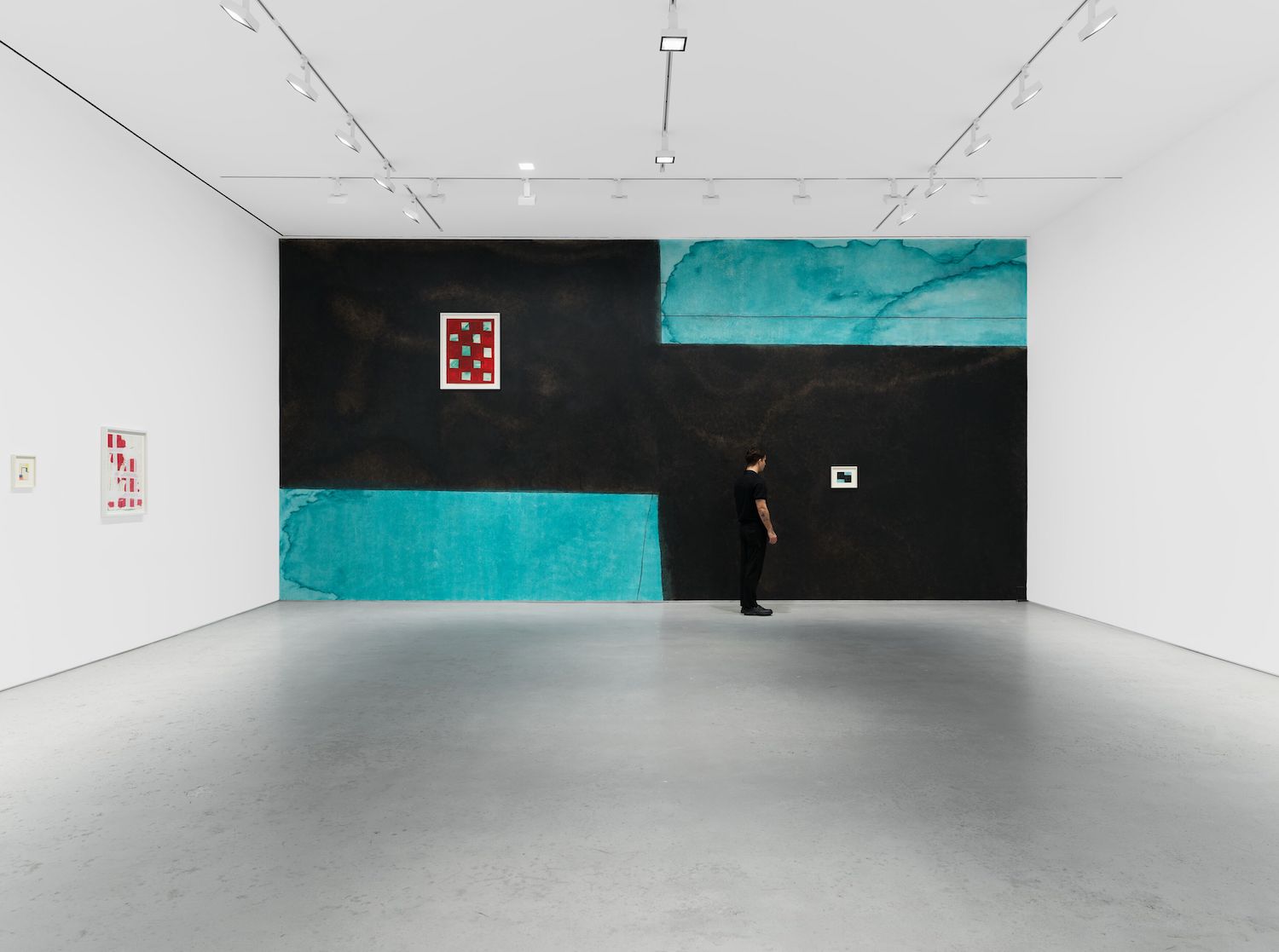Over the weekend, Hauser Wirth & Schimmel inaugurated its brand-new space in Los Angeles with the exhibition “Revolution in the Making: Abstract Sculpture by Women, 1947–2016.” The gallery’s downtown L.A. outpost is a sprawling complex and the largest of Hauser & Wirth’s international locales, measuring 100,000 square feet. Its highly ambitious first show was curated by Paul Schimmel and scholar Jenni Sorkin, and explores the way in which 34 female artists (such as Louise Nevelson, Louis Bourgeois, Lee Bontecou, Ruth Asawa, Lynda Benglis, Eva Hesse, Jessica Stockholder, Karla Black, and Liz Larner) over the past 70 years have radically shaped and changed the conversation around sculpture in modern and contemporary art. Whitewall spoke with Sorkin, whose book Live Form: Women, Ceramics, and Community is out this April, about the museum-worthy “Revolution in the Making,” and the tone it will set for the future of the new gallery.
WHITEWALL: “Revolution in the Making” puts female artists at the forefront of postwar sculpture making. Why is sculpture, in particular, a place where female artists need to be better recognized in terms of their contributions to art history?
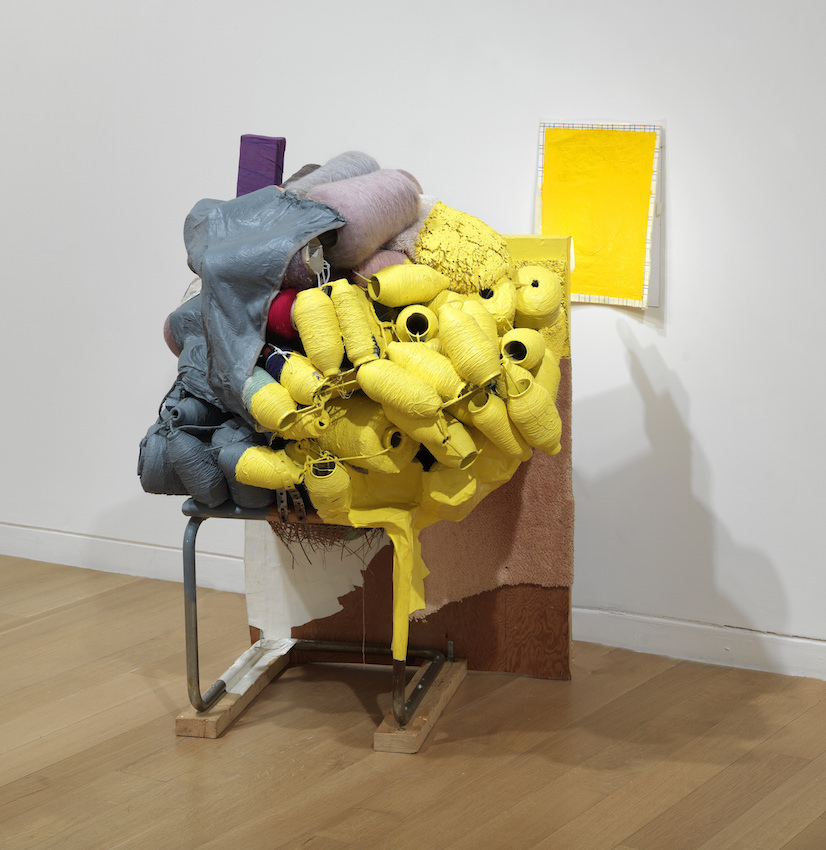 Wing
Wing
JENNI SORKIN: I would say it is accurate of all women artists everywhere. Not just these. With every one of these artists, you could replace them with at least four other artists who don’t get enough attention, because they’re women. It’s an issue endemic to the art world, a larger cultural issue. It’s not just about this show. There’s a general lack of recognition for women, and yes, sculpture has been a particular discipline that has been a historically sexist discipline.
WW: Why?
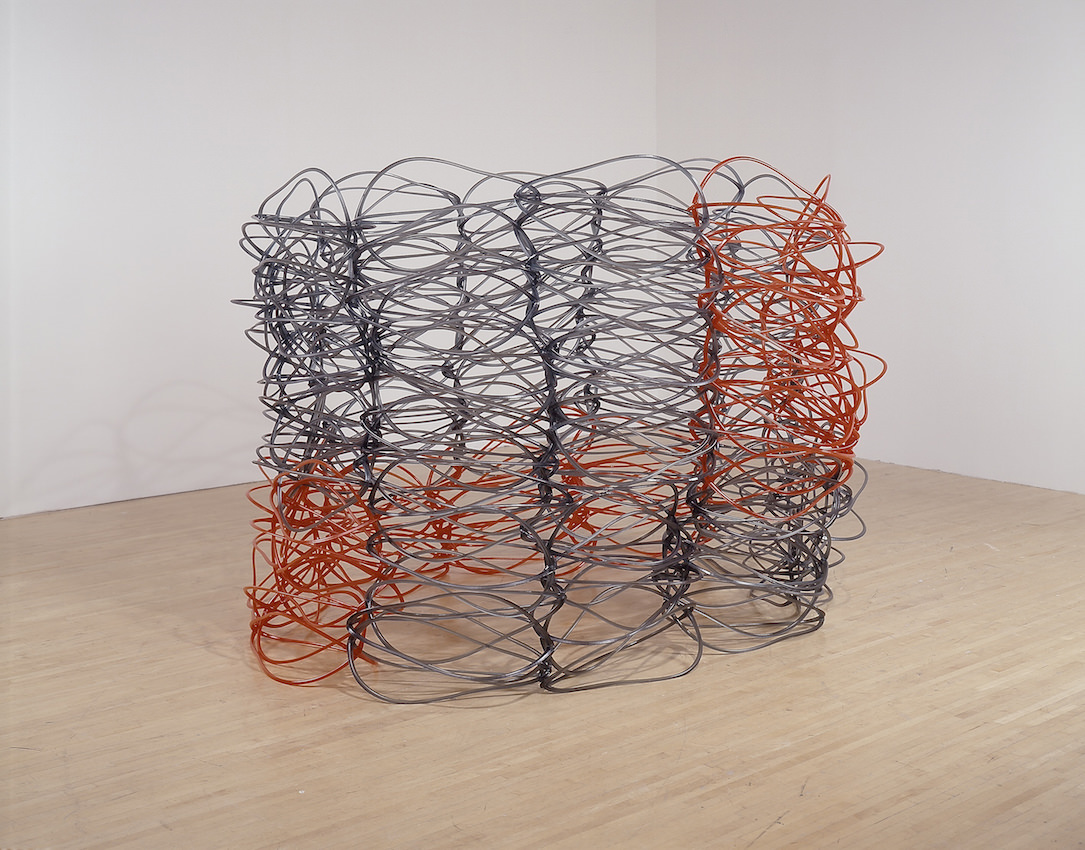 1970
1970
JS: One of the reasons is that women have never been welcomed in areas that are considered to be very macho, like welding, or woodshop, or having a skillset necessary to build. It’s been gendered male for generations. It makes a lot of sense, when you think about it that way.
WW: The exhibition highlights the ingenuity of female artists in terms of material use for sculpture—employing found objects, recycled items, embracing imperfection and experimentation. That changed the idea of what sculpture could be. And as we understand it, often came from necessity, whether that be because of funds or lack of studio space, is that correct?
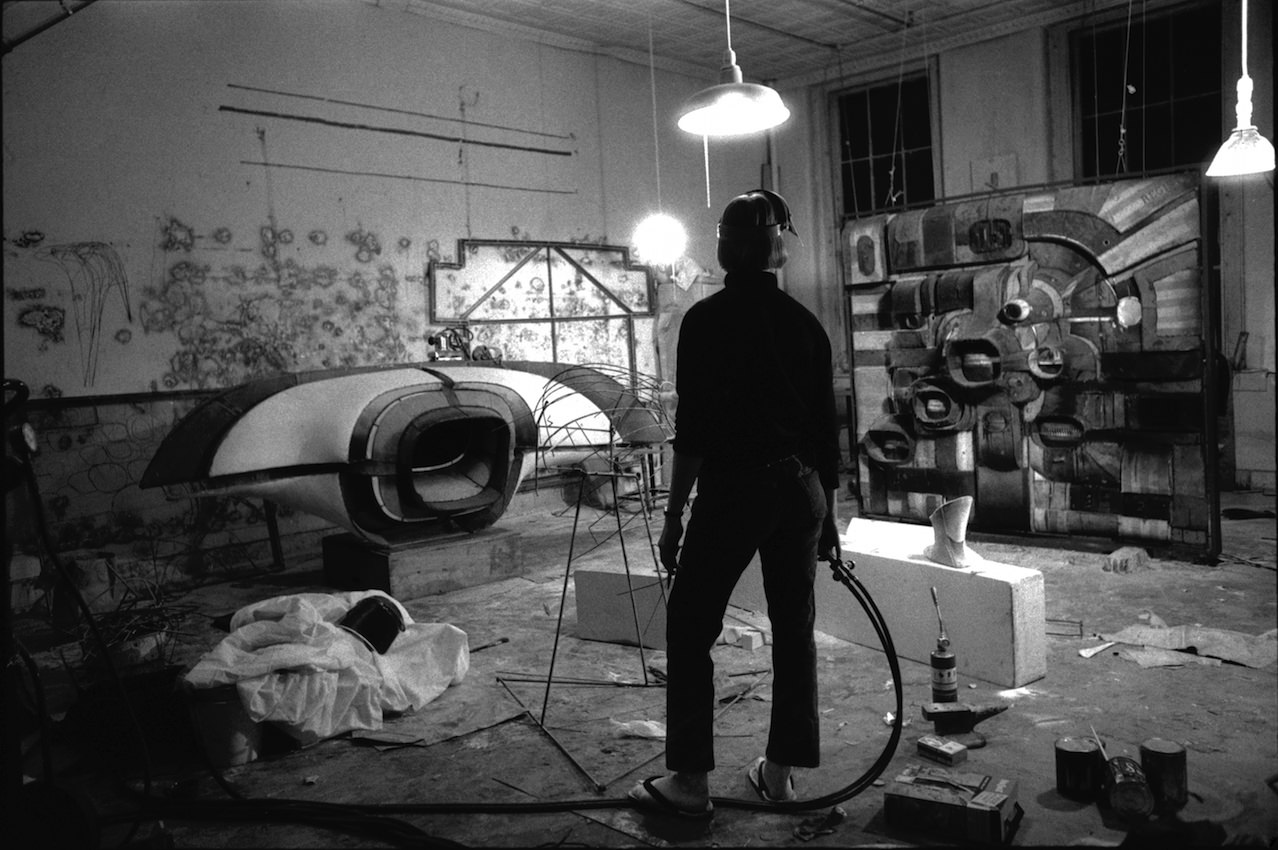 Cast aluminum
Cast aluminum
JS: Yes, I think it is about economic necessity. Sculpture really requires space—when you don’t have a large space in which to work, you have to innovate. Which means you need nontraditional materials. Blank textiles, for instance, that can be folded up and put somewhere much more flexibly.
We are looking at people who are really important pioneers in the field, like Louise Nevelson, for instance—who also used found materials. She would take down wooden crates off the streets of New York and reconfigure them.
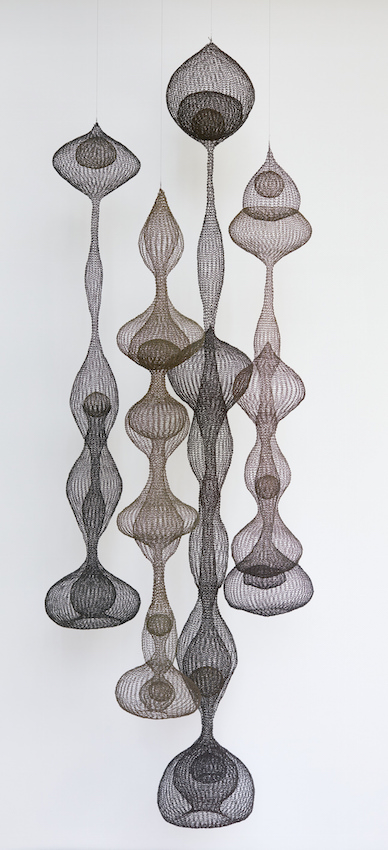 170.2 x 151.1 x 152.4 cm / 67 x 59 1/2 x 60 in
170.2 x 151.1 x 152.4 cm / 67 x 59 1/2 x 60 in
WW: What other aspects of these artists’ work, aside from material, was revolutionary, to use the phrasing of the exhibition’s title?
JS: They are revolutionary in practice and in process, and not revolutionary in the political sense of the word. I think it is revolutionary in terms of women innovating through materials, through process, through the resiliency and the press toward continually making and reinventing sculpture within the sphere of the studio. And the studio being a space in which women address their own set of materiality one-on-one, with their objects, with their hands—there’s a real craft to some of this, and a real handmade quality, and all of that is very different from outsourcing your production.
WW: Words and phrases like “craft” and “handmade” sometimes get a bad rap in the field of sculpture . . .
JS: I work on a lot of craft topics, and so for me it’s actually a really important word in this conversation. I think that “craft” and “sculpture” go really well together. I think that “craft” and “arts” go hand-in-hand. I think there’s a craftsmanship in any art production, but I think in particular, when you’re talking about materials, that it’s a necessary conversation to have, and one that I find only curators are more wary of than artists themselves. I find that artists don’t maintain hierarchies of materials; it’s actually curators and museums who do.
WW: In the presence of these works you can sort of feel the physical way in which they were. There’s almost a bodily reaction to it.
JS: I think that’s absolutely true. It is really physical. There is a real materiality; there is a real relationship to the human body. And even if it’s not overt, I think the body is in quite a lot of the work.
WW: The show features work from a big span of time, 70 years. How did you and Paul go about selecting the artists to include?
JS: We really wanted a West Coast feel to some of this. It’s an international show, but it’s definitely showcasing contemporary artists working in Los Angeles, which is a really thriving and exciting art scene right now. The two original West Coast pioneers, Ruth Asawa and Claire Falkenstein, have not gotten a lot of recognition or attention elsewhere. It’s also to think more internationally about women’s work that has not been seen together but was often discussed in similar ways.
For instance, the way there’s been a conversation about process and materiality with Eva Hesse’s work, and also, historically, with Magdalena Abakanowicz’s work, but there’s not a real history of seeing the two of them in the same room together, or in the same exhibition space.
WW: For women who have been working for decades, how did you pick which pieces from their long careers would make sense within the exhibition?
JS: I think a lot of it was studio visits and discussions, and thinking about what work has really been a game-changer at certain points. In the sixties, and seventies, in the eighties as well—trying to find definitive, representative examples from each artist’s career, or the moment at which their practice had shifted. For instance, Ursula von Rydingsvard, whose piece we’ve represented, Untitled (Nine Cones) from 1976, is one of the first pieces she makes in cedar, which becomes her signature material for the rest of her body of work, even at the present.
WW: The show also includes more contemporary work from artists like Jessica Stockholder or Shinique Smith or Karla Black. Are there moments where you see how artists from the sixties and seventies influenced later artists?
JS: Yes, absolutely. And I think that there’s actually even a direct influence in certain cases. Jessica Stockholder worked at Yale for a number of years; she worked closely with Abigail DeVille, who is the youngest artist in this show. Shinique Smith, an artist from the later section, was a visiting critic who also knew Abigail at Yale. So, there’s actually direct overlap between some of the artists. Also, Louise Bourgeois has been a touchstone, as has Eva Hesse, between numerous generations of women artists. Eva has a very short career in distinction to Louise Bourgeois’s very long career. Both became very influential, regardless of the longevity of their career. But Louise Bourgeois helped younger women artists. She ran a salon for many years in her apartment in New York; and Eva Hesse’s process of work still remains influential. Many artists, men and women, go through a period of doing this kind of assembled production, and a lot of it comes out of what Eva Hesse put in place unprecedented, making use of latex, or rope, or materials that would degrade.
WW: You spoke a bit about how the studio was an important aspect of the kind of sculpture women are making. How would you describe some of the studio spaces?
JS: I think some of it is live-work spaces, and the idea of being somebody who has an integrated life within your work life. I think women are much more likely to be able to multitask and go back and forth. I think that also has to do with differences in scale, that women are able to work flexibly between scales and often do. Somebody like Sheila Hicks, for instance, makes really small handwoven works, but also does these large-scale installations and sculptures. Size isn’t an issue for women. Women haven’t historically been able to work as large as men, because they haven’t got these really vast public commissions the same way as somebody like Richard Serra, for instance.
Somebody like Phyllida Barlow is really working against that history, and incorporating color, and materials that don’t last, like wool, or yarn, with an embedded interest in textiles and craft, reclaiming sculpture and offering women a place at the table, or a space to innovate and make work that, generations ago, would not have been considered to be “sculpture” in that very muscular sense of the word.
WW: And by contrast do you see women now reclaiming those more masculine materials?
JS: I see the opposite. I see men being drawn to what was historically women’s material. I think that actually has influenced a much younger generation of male artists, who feel comfortable in getting out of the traditional stranglehold of masculinity and exploring these more so-called “feminine” histories and materials in their own works. It’s taking the hierarchy out of materials, and I think it frees up men as well as women.
WW: What kind of tone do you think this show sets for Hauser Wirth & Schimmel’s first exhibition in Los Angeles?
JS: I think it’s a positive one. I think it represents the gallery’s commitment to having a stable of artists that’s nearly equal of men and women artists. That’s still a problem of in the art world in general. And women’s work still sells for markedly less money than men’s. There’s still a gender divide. A vast majority of people in art schools are still women artists, and that’s been consistent for the entire 20th century. And yet there are still more male artists who go on to financial and other kinds of success.
This article will be published in Whitewall‘s spring 2016 Art issue, out next month.






